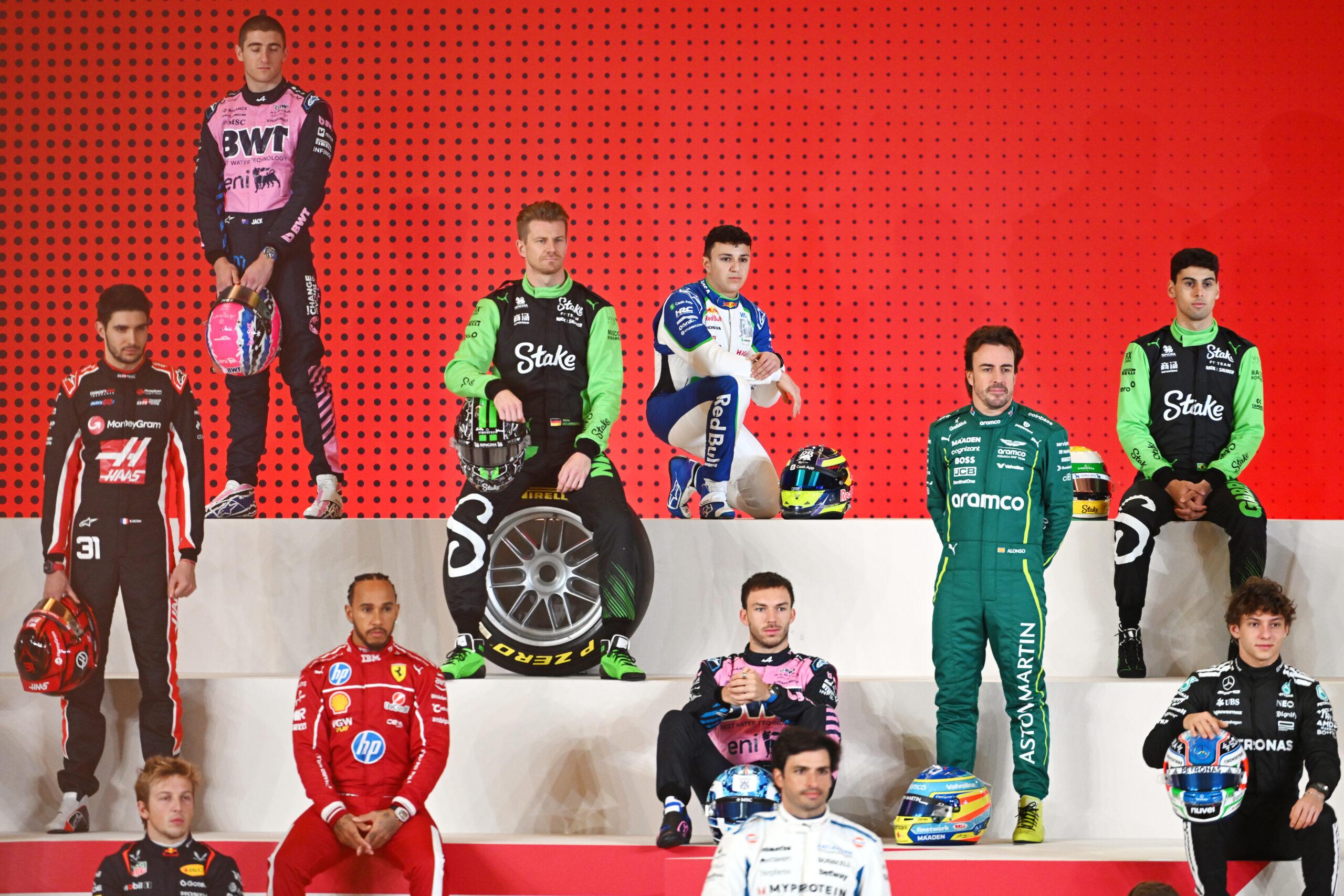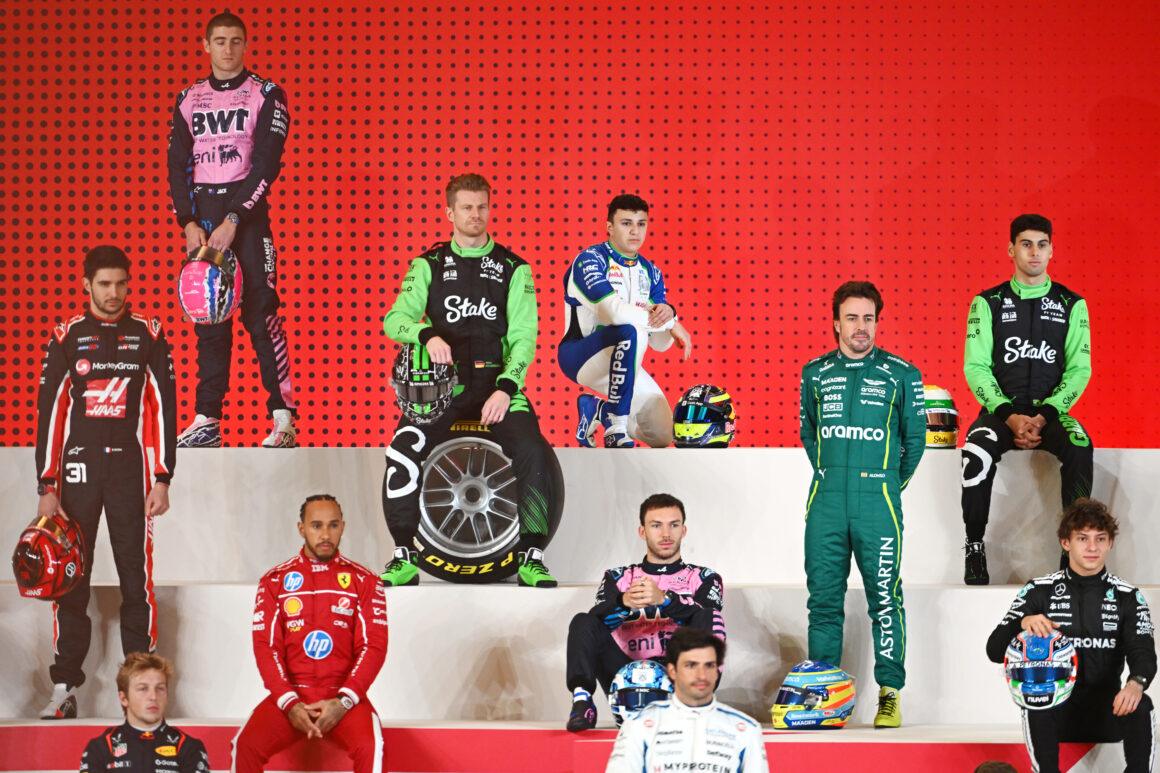Formula 1 cars used to be dart-like weapons. Now they’re cruise missiles with downforce. The size creep isn’t a vibe; it’s a measurable shift. Today’s machines are longer, wider, and heavier than ever, and the racing has felt the squeeze. That’s not nostalgia talking. That’s physics drawing a red flag.
So let’s stack eras. Who got it right? And who built a land yacht with a DRS flap? Spoiler: the modern cars make 2000s machinery look like scalpel blades—because they were. File this under: Yikes.
Dimensions: From Arrows to Aircraft Carriers
Modern F1 cars are massive. Think garage space panic massive. In the late 2000s, wheelbases were compact, widths were regulated at 1,800 mm, and cars danced through chicanes. Today’s machines? Wider, longer, heavier. The competition? Reduced to expensive spectators on tight street tracks.
Why the growth? Safety, ground effect aero architecture, hybrid power units, and packaging bloat. All justified individually. Together? A traffic jam.
Key Size Shifts by Era
Here’s the quick-and-dirty timeline. Numbers vary by team, but the trend is undeniable. The rain didn’t cause this; regulations did—slow and steady, then all at once.
- Early 2000s: ~1,800 mm wide, ~4.5–4.7 m long, ~600–620 kg car+driver fuel-light. Small, nimble, nasty.
- 2017–2021: 2,000 mm wide, wheelbases stretched to ~3.6 m. Weight climbed past 740 kg. Downforce rockets, overtaking pain.
- 2022–2024: Ground effect returns. Similar width, even longer in places (~5.6 m overall), minimum weight peaking near 798 kg before trims. Big, stable, stubborn to rotate.
Weight: The Silent Pace Killer
Added hybrid systems, larger safety structures, bigger wheels, and spec components built a heavier monster. Yes, they’re fast in clean air. In traffic? Slower than my grandmother’s WiFi. Tyres complain. Brakes cook. And the agility tax gets paid every lap.
The weight jump did fix safety and sustainability optics. But it also turned Monaco into a procession and shortened the overtaking wish list. Somewhere, a PR manager just had a minor stroke.
Handling Consequences
Heavier cars understeer more at low speed and punish mistakes with bigger momentum swings. Those long wheelbases? Great for high-speed stability. Awful for hairpins. Classic Alonso late-braking—the move that makes rivals question their career choices—still works, but the braking zones are shorter and margins tighter.
When the tyres overheat, you’re cooked. Racecraft becomes conservative. The plot thickens like a top team’s excuse list.
Track Fit: Why Some Circuits Suffer
Short, tight layouts pay the price. Monaco, Hungary, Singapore—beautiful, brutal, but now cramped. These cars fill the road like a bad mood. Compare that to Suzuka or Silverstone, where long-radius corners let downforce sing. The modern aero era rewards flowing speed, not nimble change-of-direction.
Wind also plays favorites. A long-bodied car gives gusts plenty to bully. The wind played favorites today—apparently it’s a fan of whoever nailed their rear stability.
Overtaking: The Air Matters
Ground effect reduced dirty air versus 2021, but didn’t fix it. Big cars still shed big wakes. DRS helps, but you need to follow first. When you do catch up, good luck squeezing a 2-meter-wide missile into a Monaco gap that barely fits a shopping cart.
The ol’ Verstappen divebomb special—warranty void where prohibited—still appears, but the risk-reward math is nastier in machines this large.
Aero Packages: Why Bigger Became “Better”
Bigger floors, longer wheelbases, and stable platforms help extract ground effect. Engineers don’t care about your trackside romance with nimble cars. They chase lap time. And the fastest shape under today’s rules often looks like a stretched limousine with a PhD in vortices.
Teams stretched length to stabilize the aero map and manage pitch sensitivity. It works. In quali, these cars torch lap records. Lights out and away we… oh wait, the stopwatch already agreed.
Tyres and Rims: The 18-Inch Era
Switching to 18-inch wheels in 2022 improved sidewall stability and helped car control at high speed. It also added weight and made kerb riding trickier. Less compliance, more precision demanded. Hit a sausage kerb wrong, and the car files a complaint with HR.
With bigger wheels and longer cars, pit crews juggle larger, heavier tyres. That pit stop felt longer than a Marvel movie.
Safety and Sustainability: The Trade-Offs
Halo, stronger survival cells, beefier structures—no argument. These save lives. The weight hit came with the bargain. Hybrid power units, batteries, cooling—complexity built bulk. Safety first. Spectacle second. Balance? Work in progress.
Brutal truth: the sport made the right call on safety. But racing purity took a bite. Grab your popcorn, aero regulations are at it again.
Historical Callbacks
Watching a modern car thread the Swimming Pool at Monaco is still art. But compare it to 2004’s V10 arrows deploying at warp speed. Sainz’s spin? Somewhere, Grosjean is taking notes. That defense was pure Schumacher—minus the success part—when the car can’t rotate on command.
Channeling 2016 Mercedes? Sure, when your wheelbase is a bus and your traction is a cheat code. Except nobody asked for that sequel. The audience wanted gladiators, not freight trains.
What Comes Next: 2026 and the Shrink Ray Hopes
Regulators know the cars are too big. Proposals aim to cut weight, reduce dimensions, and simplify aero while adapting to new power unit rules. If they land it, we might get proper combat again. Side-by-side. Brakes smoking. Radios screaming.
Expect smaller floors, reduced downforce dependence, and a push to trim mass. If they miss? Another masterclass in how NOT to fix racing.
What Fans Actually Want
Simple. Shorter wheelbases. Lower weight. Aero that lets cars follow without needing a prayer and a wind tunnel. Bring back the knife fight, not the chess match with bulldozers.
F1 doesn’t need nostalgia. It needs cars that fit the tracks and drivers set loose. Send the field back to karting school.
Past vs Present: The Final Verdict
Old cars were smaller, lighter, and sharper. Modern cars are faster on paper and scarier in a crash. Both have their glory. But for pure racing, size matters—and today’s cars are over the limit. The spectacle survives on brilliance from the drivers and strategy chaos.
Trim the mass. Shorten the wheelbase. Keep the safety. Then watch the racing explode. Because right now, the cars look epic—but they don’t always play nice.

